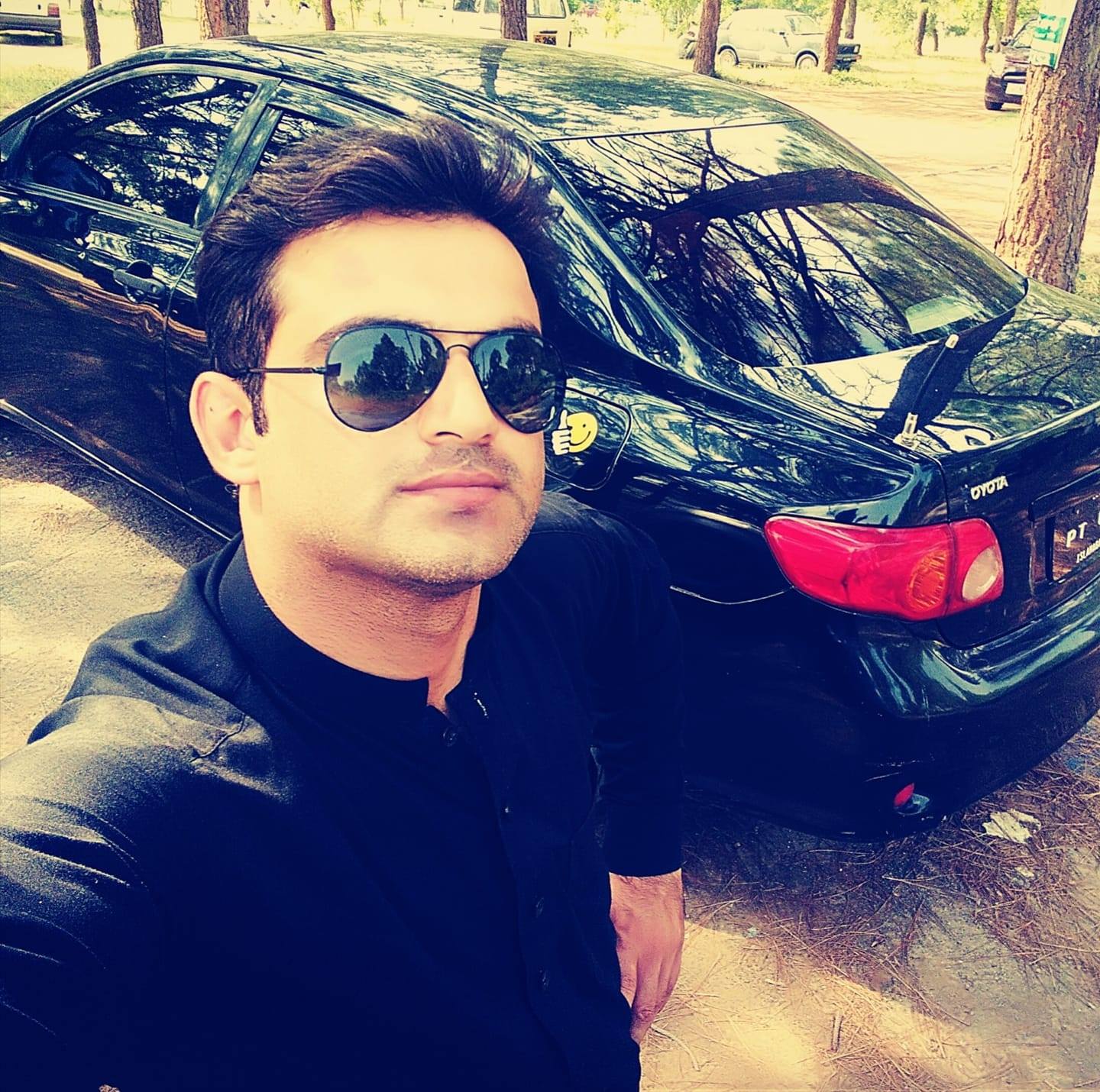Even in the age of computer graphics and mind-blowing special effects, few sights are as humbling and awe-inspiring as the Northern Lights. Pictures might tell a thousand words each, but they pale compared to the wonder and delight seeing the lights in person brings after a long, cold wait. Want to start chasing the Northern Lights yourself? Then, this crash-course article will set you on the right track!
What Are the Northern Lights Exactly?
There’s a straightforward scientific explanation for the Northern Lights, which doesn’t make them any less magical. The phenomenon's scientific name is Aurora Borealis. It occurs due to increased solar wind activity and its interaction with the Earth's atmosphere. Solar winds discharge particles, mostly protons and electrons, out into space. The Earth's magnetic field extends around the planet but forms funnel-like lines above both Polar Regions.
The funnels draw in some of those solar particles, which interact with gas molecules in Earth's atmosphere. This leads to ionization and puts the gases in an excited state. Going back from ions into regular molecules causes a release of energy that manifests as light. Its colour varies based on the affected molecules, while the shape depends on the solar wind's activity and atmospheric conditions. Most lights are green due to oxygen, but they can have a red, purple, or even blue hue if enough nitrogen atoms are present.
When & Where Do They Happen the Most?
Technically, the Northern Lights are active year-round and are sometimes visible as far south as the continental US and southern Europe. However, such sights are few and far between. The closer you are to the North Pole, the higher your chances. Ideally, you'll want to travel somewhere inside the Northern Lights Belt. It encompasses parts of Alaska, Canada, Iceland, Norway, Sweden, Finland, and Russia. Longer nights also increase the odds, although the Aurora may show up during twilight hours. Peak sighting periods vary by country. Still, your best bet is to start Aurora chasing in October or between January and March.
How to Plan Your Trip?
The Northern Lights are whimsical, and there's no guarantee you'll spot them on a particular evening. Maximizing your chances involves going at the right time of year, but there's more to consider. Weather is first on the list since cloudy skies and a full moon make for poor viewing. You'll want to set several nights aside for Aurora chasing while ensuring the trip remains memorable even if you don't catch sight of any. Look for guided tours, preferably ones that offer other activities like dog sled riding, hiking, saunas and so on to pass the time. Conversely, booking the right lodgings might save you the trek! Look for cabins, lodges, and other accommodations that offer north-facing mountain or lakeside views for the best experience. Be sure to book in time since vacancies are usually limited.
You'll also want to use a VPN when booking and experiment with different geographical locations to get the best possible deal. In addition to the previous benefit, using a VPN can significantly improve your privacy online by masking your real IP address, making it much harder for websites and advertisers to track your movements across the web. However, a critical question arises: can you be tracked with a VPN? While a VPN greatly increases online anonymity, it cannot be said that it’s entirely foolproof. Use this information wisely.
What Should You Bring?
Warm, layered clothing and sturdy footwear are top priorities since you'll likely brave sub-zero weather for hours. Bring hand and leg warmers since cold starts affecting extremities first. You'll need a local map, blankets, and flash-lights to find your way in the dark. Pack these along with enough water and provisions in sturdy backpacks. Don’t forget about the necessities you’ll need once you return to civilization.
Stuff like your toothbrush, medication, or maybe an aurora-themed vacation read. Don't forget about your personal & financial safety while you're at it. The countries you'll want to observe the lights from are generally safe. Still, you'll want to use prepaid travel cards to handle payments. Select a trustworthy VPN provider, for which you can evaluate your options with the VPN comparison table to access the internet safely while abroad.
How to Photograph the Lights?
Doing the Aurora justice requires more than a phone! You'll want to bring a dedicated DSLR or mirrorless camera. Long-exposure photos and time lapses are the most impactful, so a tripod and remote shutter are a must to keep them stable. It’s best to dial the right settings in before setting out so you don’t have to fiddle with the camera as much on-site. Drop the ISO value and use a bright, wide-angle lens. You'll also want to adjust the focus manually. Account for the freezing weather by bringing extra batteries for the camera and an insulated pad to stand on. You might be out there for hours, so check and dry your equipment off after returning to prevent condensation.
Wrap Up: A Guide to Getting the Best Northern Lights Experience
It takes luck, preparation, and determination to catch a glimpse of an Aurora-filled night sky. Finally, seeing the greatest show on Earth enfold in all its grandeur is well worth the trouble!
What about you, have you ever seen the Northern Lights? Feel free to share any tips & advice below!
















